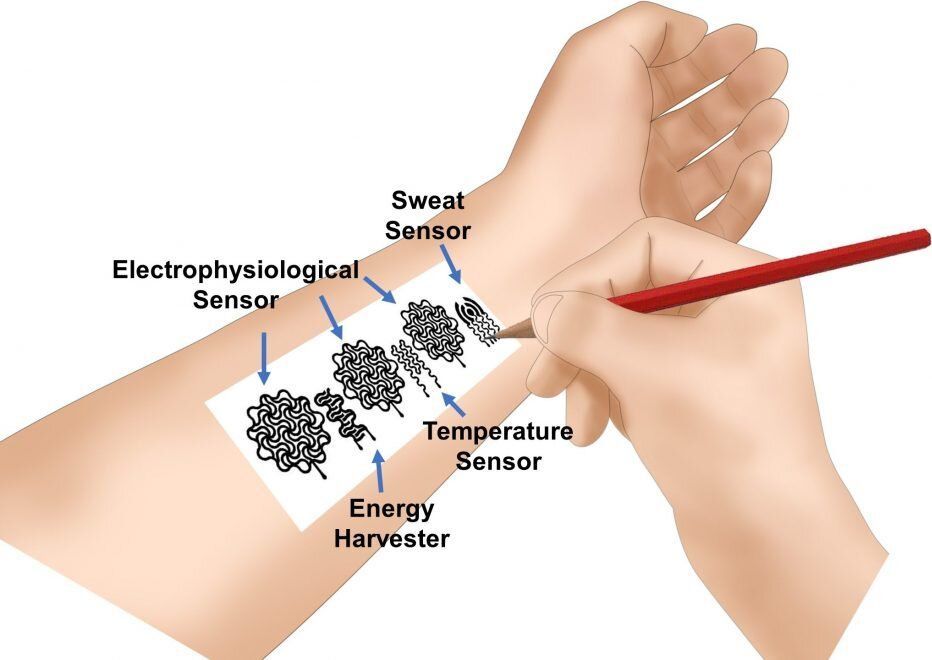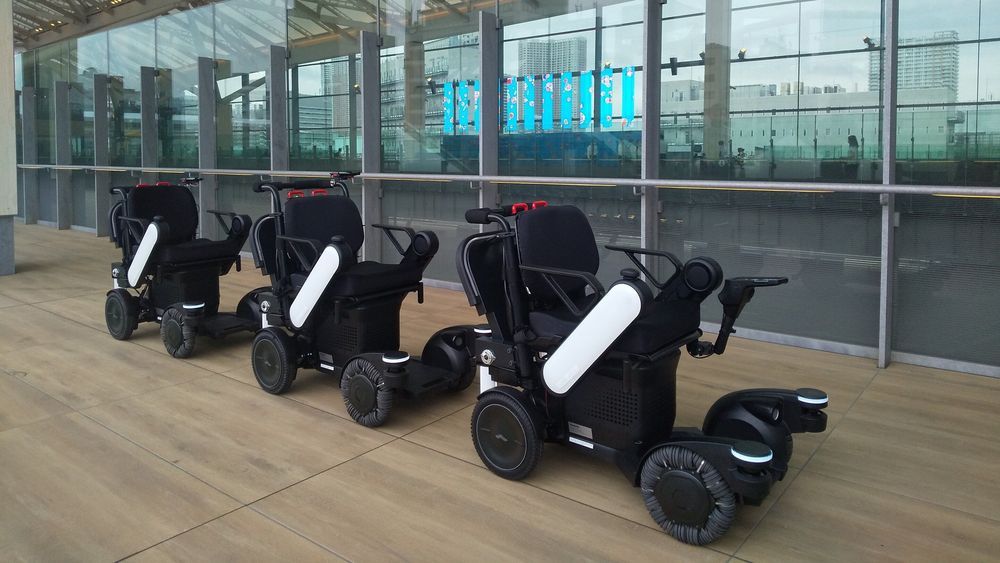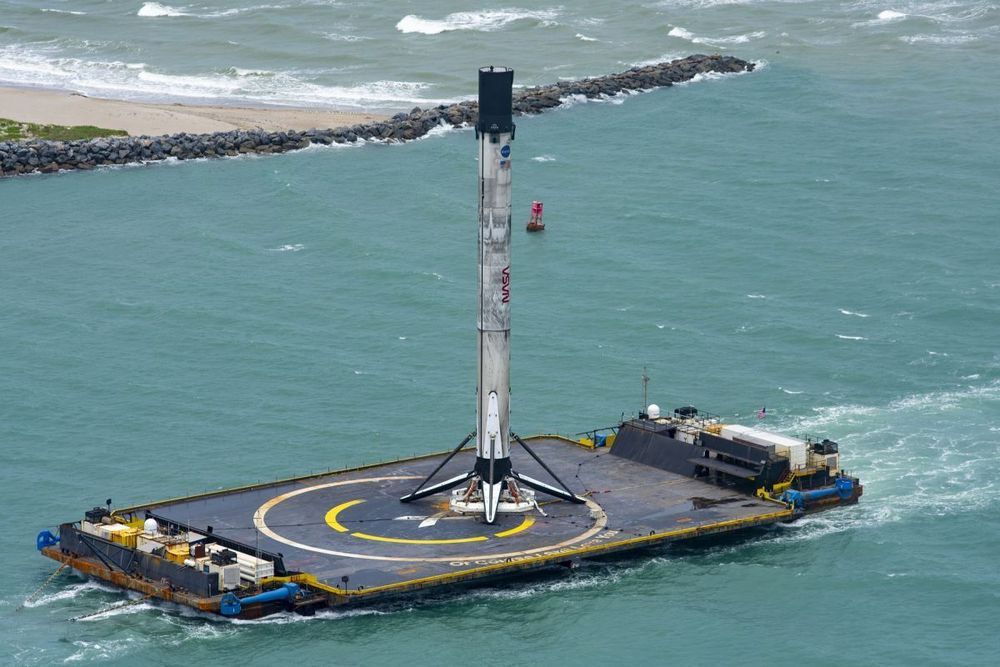Circa 2011
It’s certainly an established fact that electricity can cause fires, but today a group of Harvard scientists presented their research on the use of electricity for fighting fires. In a presentation at the 241st National Meeting & Exposition of the American Chemical Society, Dr. Ludovico Cademartiri told of how they used a unique device to shoot beams of electricity at an open flame over one foot tall. Almost immediately, he said, the flame was extinguished. On a larger scale, such a system would minimize the amount of water that needed to be sprayed into burning buildings, both saving water and limiting water damage to those buildings.
Apparently, it has been known for over 200 years that electricity affects fire – it can cause flames to change in character, or even stop burning altogether. According to Cademartiri, a postdoctoral fellow in the group of Prof. George M. Whitesides at Harvard University, what hasn’t been looked into much is the science behind the relationship. It turns out that soot particles within flames can easily become charged, and therefore can cause flames to lose stability when the local electrical fields are altered.
The Harvard device consists of a 600-watt amplifier hooked up to a wand-like probe, which is what delivers the electrical beams. The researchers believe that a much lower-powered amplifier should deliver similar results, which could allow the system to worn as a backpack, by firefighters. It could also be mounted on ceilings, like current sprinkler systems, or be remotely-controlled.






